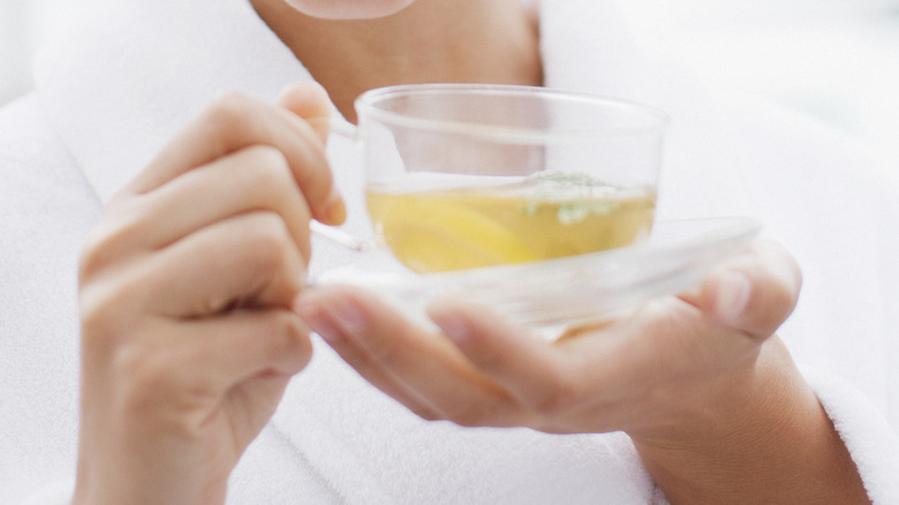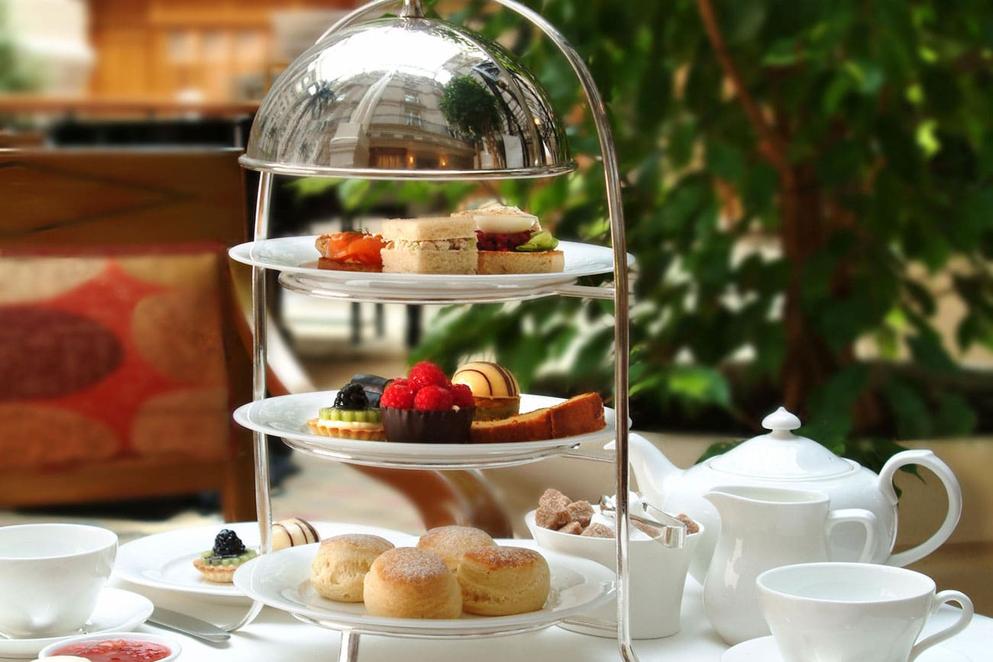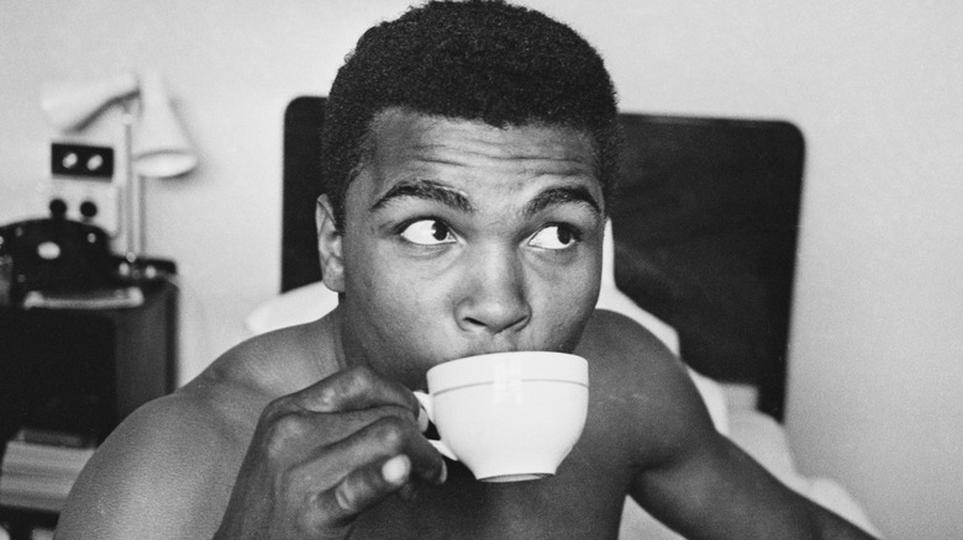Sticking the pinky finger out when drinking tea has uncertain origins but is often linked to historical dining etiquette. This gesture likely evolved from social customs during the Late Middle Ages and Renaissance, especially among European aristocracy. Although definitive evidence is scarce, scholars suggest the habit relates to dining practices and manners of handling shared food and drink.

In the 15th and 16th centuries, banquets were elaborate affairs with numerous dishes, spices, and condiments symbolizing wealth. The introduction of coffee and tea in 16th-17th century Italy influenced table manners further. Beverages were often adjusted with shared sugar or spices, placed in communal dishes on the table.
Medieval etiquette discouraged sharing cups directly, to avoid hygiene concerns or breaches of propriety. Some historians hypothesize that raising the pinky finger helped isolate the hand movement when reaching for sugar or spices from these shared vessels. Using only one finger may have minimized contact and maintained decorum.

- Illustrations like those of King Richard II’s banquets and Bartolomeo Scappi’s 1570 works show aristocratic dining habits that hint at refined manners.
- Personal sets of cutlery and utensils were common among nobles to maintain hygiene, challenging the idea that the pinky raise was strictly functional.
Critics of the pinky hypothesis point out that nobles often brought their own silverware, reducing the need for special finger gestures when adding condiments. Furthermore, the tradition of sticking the pinky out extends beyond the medieval period, and its continuation in later centuries is less clearly understood.
In summary, the pinky gesture likely stems from etiquette concerning shared condiments and the evolving rituals around tea and coffee drinking in aristocratic settings. However, no solid historical proof confirms it started as a practical or status-related habit.

| Aspect | Details |
|---|---|
| Timeframe | Late Middle Ages, Renaissance, 16th-17th centuries |
| Context | Aristocratic dining etiquette with complex meals and communal condiments |
| Hypothesized Purpose | Minimizing contact when adding sugar/spices by using one finger |
| Counterpoints | Presence of personal cutlery sets questions strict necessity |
- The pinky raise lacks firm evidence; it likely relates to historical table manners.
- It may have started as a practical gesture during shared condiment use.
- Social status and etiquette elevated this practice into perceived refinement.
The Curious History Behind Sticking Your Pinky Out When Drinking Tea
Why do some people stick their pinky finger out when drinking tea? The quick historical answer is: It’s not quite clear, but it probably started from old etiquette rules related to dining and sharing condiments. That little pinky rebellion at teatime isn’t some random habit picked up by prim British ladies. Instead, it’s tangled in centuries of manners, social status, and how people handled fancy foods and drinks.

Let’s sip the story from start to finish.
Where Did This Odd Gesture Come From?

If you ask history books directly, they might shrug. Hard evidence about the pinky-out pinky-finger ritual is scarce. No medieval scroll says “Thou shalt lift thy pinky when drinking tea.” Scholars and food historians piece together clues from art, etiquette manuals, and dining customs from the Late Middle Ages through the Renaissance.
Imagine the 15th century banquet of King Richard II of England, where the aristocrats dazzled with massive spreads, heaps of spiced meats, and piles of exotic condiments.

The 1400s were all about wealth on a plate—and spices were the jewels of the table.
As the Renaissance bloomed, Bartolomeo Scappi’s “Opera de l’Arte del Cucinare” (1570) detailed lavish feasts. These feasts weren’t just about taste; they were displays of power. More dishes, more exotic spices, more utensils, more pomp.
From Spices to Sugar: How Etiquette Evolved With Coffee and Tea
The late 16th and early 17th centuries brought coffee and tea to Europe, especially Italy. Suddenly, people weren’t just gobbling meat and pie—they were sipping hot, bitter brews that needed sweetening or spice.
Here’s the kicker: sugar, cinnamon, and mace weren’t on your own personal tray. They sat on a communal dish, shared by a small group of diners.
Medieval and Renaissance etiquette started frowning on double-dipping—literally. Drinking from the same cup by two people became a no-no. The same likely applied to sharing condiments.
According to some hypotheses, lifting your pinky was practical: using just that finger (or only one finger of your right hand) to pinch sugar or spice from the shared pot and into your cup was proper and hygienic.
Does the Pinky-Out Habit Stand Up to Scrutiny?
Funny enough, not everyone buys the pinky-finger theory lock, stock, and teapot. Some experts think nobles traveled with their own cutlery sets, including small spoons or spice-access tools, so you might not have needed to delicately flick sugar with your pinky.
Another quirk of medieval etiquette is the production of special silverware for important dinners. Fancy guests might have been equipped with the right tools, eliminating the need to rely on a single finger for dipping.
So, while the pinky-out practice remains linked to etiquette, it might partly stem from misconception or theatrical social posturing. Almost like a Victorian-era rumor that refuses to die.
Why Has the Pinky Gesture Lasted??
Is it about hygiene, status, or pure elegance? Perhaps all of the above. Raising the pinky probably became a symbol of refinement over time, an effect amplified by popular culture’s portrayal of the prim and proper tea drinker.
In reality, sticking out that pinky might not have been universal or practical for all classes or times. But it stuck—pun intended—as a marker of “proper” tea-drinking behavior.
Modern Reflection: To Pinky or Not to Pinky?
Today, raising your pinky finger while sipping tea often brings an amused eye-roll, a nostalgic nod, or a deliberate display of class (sometimes tongue-in-cheek). It’s a charming etiquette fossil, reminding us how social rules evolve.
Fancy a cup of tea after this? Try it with your pinky out and see what reactions you get. Your friends might laugh, or someone might quiz you on its history. Either way, you’re part of a centuries-old tradition bathed in mystery and plenty of spice.
Summary Table: Pinky Finger Out Myths and Facts
| Myth / Theory | What History Suggests | Modern Take |
|---|---|---|
| Pinky raised to keep tea cup balanced | No strong evidence; cups were designed to be held with all fingers | An old-fashioned affectation with no practical impact |
| Pinky raised to dip sugar or spice delicately | Some truth based on communal condiment sharing | Less relevant today with individual utensils, but linked to hygiene rules |
| Showing social status or aristocratic elegance | Likely—etiquette was a display of class and knowledge | Still used humorously or theatrically to imply sophistication |
| Simply a stereotype with no actual historical basis | Partly true, due to lack of rigorous proof and isolated origins | Remains a cultural trope in Western tea culture |
Final Thoughts—Put Your Pinky Down or Keep It Up?
The pinky finger’s tea-time perch is fascinating yet fairly elusive in hard facts. It likely traces back to complex dining habits of Renaissance aristocrats adjusting to new drinks and communal dining etiquette. It’s equally probable the gesture evolved into a polite affectation symbolizing class.
If you want to feel like a genuine Renaissance courtier or just enjoy a bit of whimsy, pinky up! Whether it’s a practical tool for sugar dipping or a quirky habit picked up through the ages, it’s a delightful piece of tea culture history.
Next time you raise a fresh, steaming cup, consider the centuries of etiquette, spices, kings, and craftsmen behind that sip. And if someone asks, you now have the perfect historical sip of truth about the pinky finger mystery.
Why did people start sticking their pinky finger out while drinking tea?
One theory suggests it began as a practical gesture. People might have used only their pinky finger to take sugar or spices from a shared dish, keeping their other fingers clean while adding condiments to their drink.
Is there clear historical evidence supporting the pinky-out gesture?
No, solid evidence is lacking. Historians mainly rely on dining etiquette from the Late Middle Ages and Renaissance, along with some art and writings, but nothing definitively explains the pinky gesture’s origin.
How did the introduction of coffee and tea influence this habit?
When tea and coffee spread in the 16th and 17th centuries, people often added sugar or spices from shared vessels. This required etiquette changes, possibly giving rise to gestures like raising the pinky as part of the ritual.
Did aristocrats use this gesture to show status?
The pinky-out gesture is sometimes thought to signal refinement. However, evidence shows nobles brought their own cutlery, so they might not have needed to rely on a single finger for adding spices, questioning the gesture as a pure status symbol.
Why might some experts disagree with the pinky hypothesis?
Some scholars doubt the pinky origin theory because nobles often had personal cutlery sets. This reduces the need for using one finger to add condiments. The gesture’s meaning and origin may vary depending on the era and context.
Is the pinky-out gesture still linked to traditional etiquette today?
Modern etiquette no longer expects you to raise your pinky. The custom likely faded as individual utensils and personal cups became standard, and sharing dishes became less common at tables.




